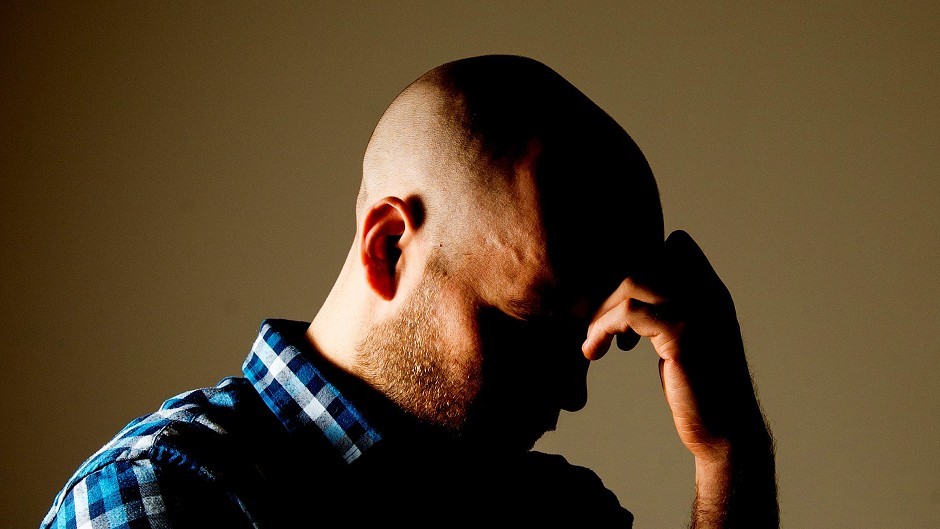It is reported that only 25% of people suffering from depression are men but in reality the number is most likely to be a lot higher.
Traditionally, women are more likely to be diagnosed with mental health illnesses such as anxiety and depression, but this doesn’t mean that fewer men are suffering – they just aren’t being diagnosed.
From a young age boys are often taught they should be ‘tough’, so many view admitting they might need help as a sign of weakness. Many men often try to deal with problems on their own and can find it hard expressing their feelings to friends, family and even partners. As a result, it can be years before a man suffering from depression might seek help, and often, it’s because something has happened and a family member has urged them to do so.
How are the symptoms different for men than in women?
While many men do suffer from depression, it is often experienced and presented in a different way than in women. Whilst women are more likely to blame themselves, suffer from a low mood and perhaps feel tearful, men are more likely to blame others and become angry, which can range from feeling irritable to becoming violent towards others.
Men have different coping strategies from women, and often, those suffering from depression will over work, avoid their feelings, isolate themselves from friends and family or abuse alcohol and drugs.
Men with depression are also more likely than women to suffer from physical symptoms such as headaches, back pain and sexual dysfunction. This can lead to the underlying cause of depression being misdiagnosed as the focus is on the physical problems.
How can men help their depression?
Seek help. It takes a lot for a man to seek help, but once he does, therapy can be a huge relief. People who struggle to open up to friends and family can find it especially helpful; therapy offers a safe environment where they won’t be judged.
Change your lifestyle. Is your diet unhealthy? By making positive changes to our lifestyle including ensuring we have a balanced diet and exercising for 30 minutes a day, depression symptoms can be alleviated.
Use your support system. Do you have someone you can talk to? Whether it’s a friend, co-worker, family member or partner, tell someone how you feel. Hiding your feelings and trying to deal with it on your own will only make your symptoms worse.
There are far too many men suffering from undiagnosed depression. Suicide is the biggest killer in men aged 15-34, and men are more likely than women to die from suicide. Part of the reason may be that men are less likely to talk about suicidal thoughts, and the first step to try and tackle this problem is by encouraging men to open up about their issues and seek help.
There is help out there for everyone, and the first step is realising that it’s OK to not feel OK.










